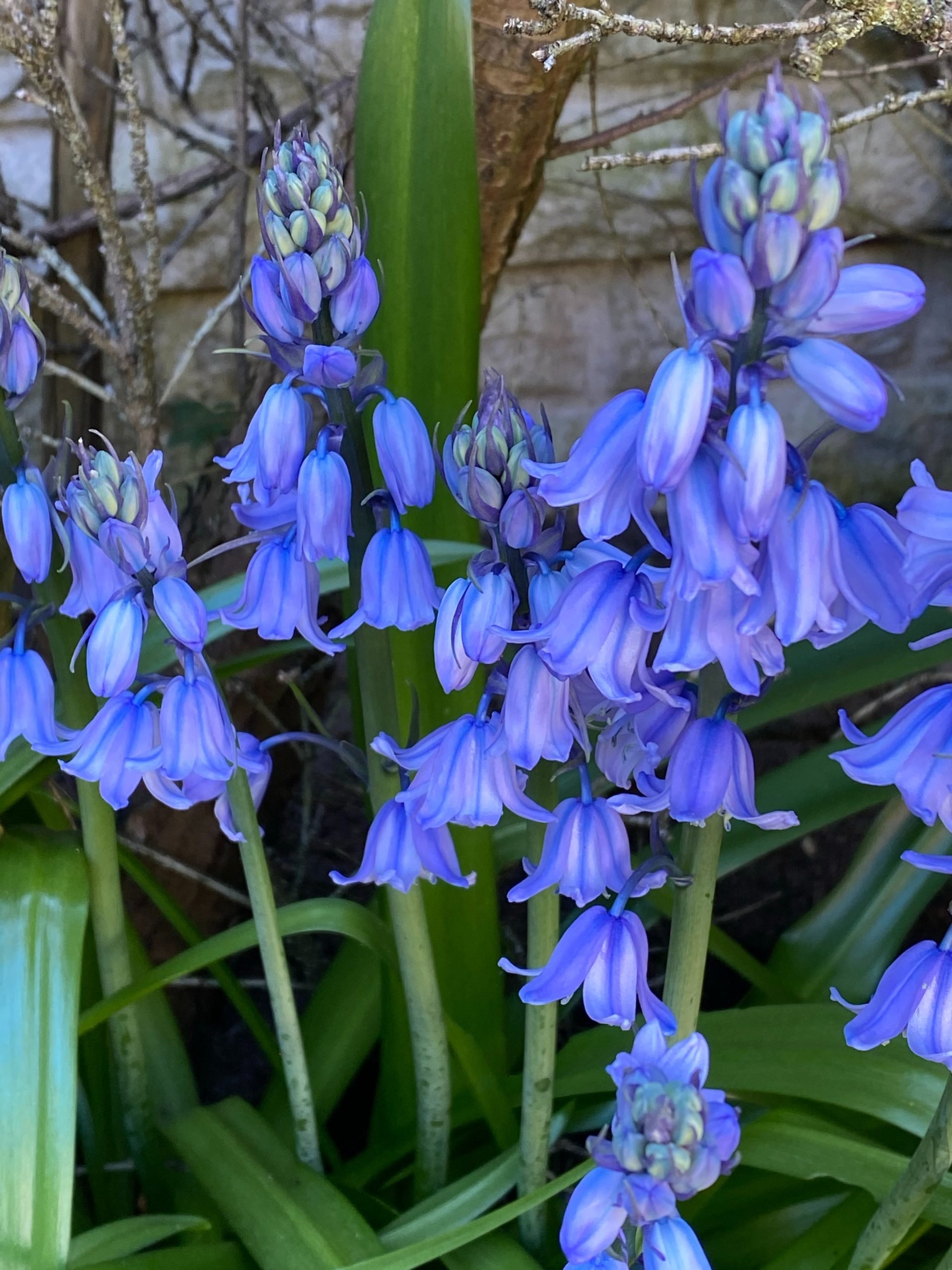Table of Contents
Stunning bellflowers add life to any and every space it belongs to. It blossoms beautifully and brightens up the mood. The Campanulaceae family of flowering plants includes the Campanula, which is also commonly known as the bellflower.
There are over 500 species of the campanula; they are indigenous to many regions across the world. This includes North America, Asia, and the European regions.
Everyone, especially the gardeners, loves these plants because they are an attractive-looking bunch. They are eye-catching, bell-shaped blossoms that require basic maintenance and care. These come in stunning colours such as blue, purple, or white and stand out brilliantly among other blooms.
How to Choose the Right Location for Growing Campanula
Like most blossoming plants, this, too, needs a specific set of conditions in order to thrive & survive.
1. Sunshine in Abundance

It’s vital to pick a location in your garden that receives an abundance of direct sunlight every day. At least 6 hours of direct sunlight or moderate shade each day can help them blossom fully. Avoid planting them under trees or locations that don’t get good direct sunlight.
2. Adequate Spacing
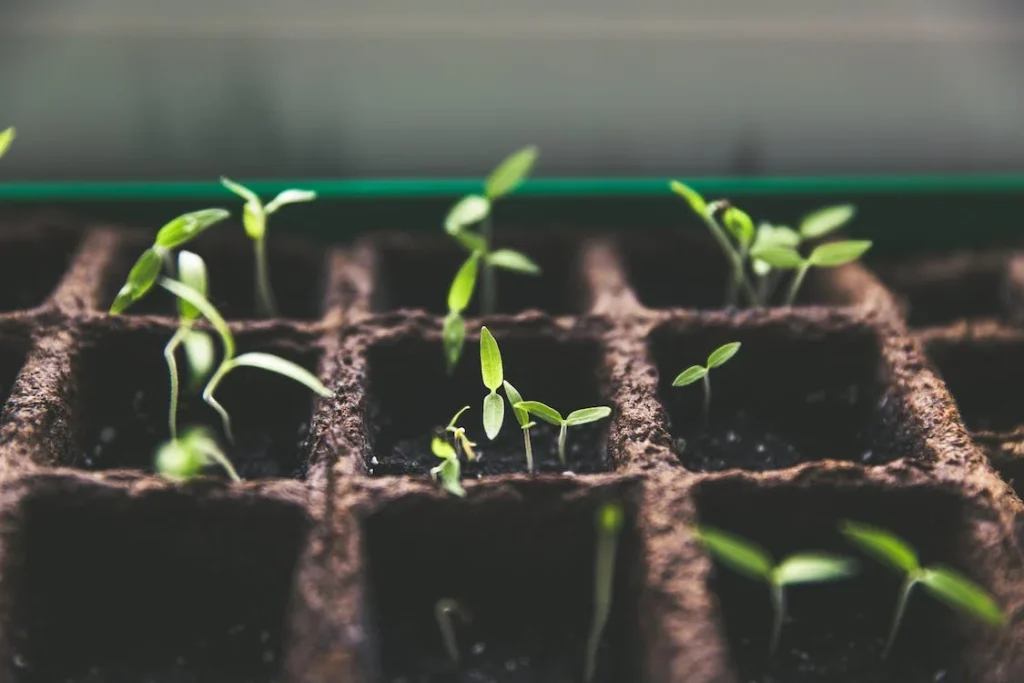
When planting and undertaking campanula care in the UK, ensure you space them at least 12 inches apart. Overcrowding can lead to resource competition and hinder the growth of plants. Proper spacing also allows for good air circulation that helps prevent fungal diseases from developing.
3. Well-Drained Soil
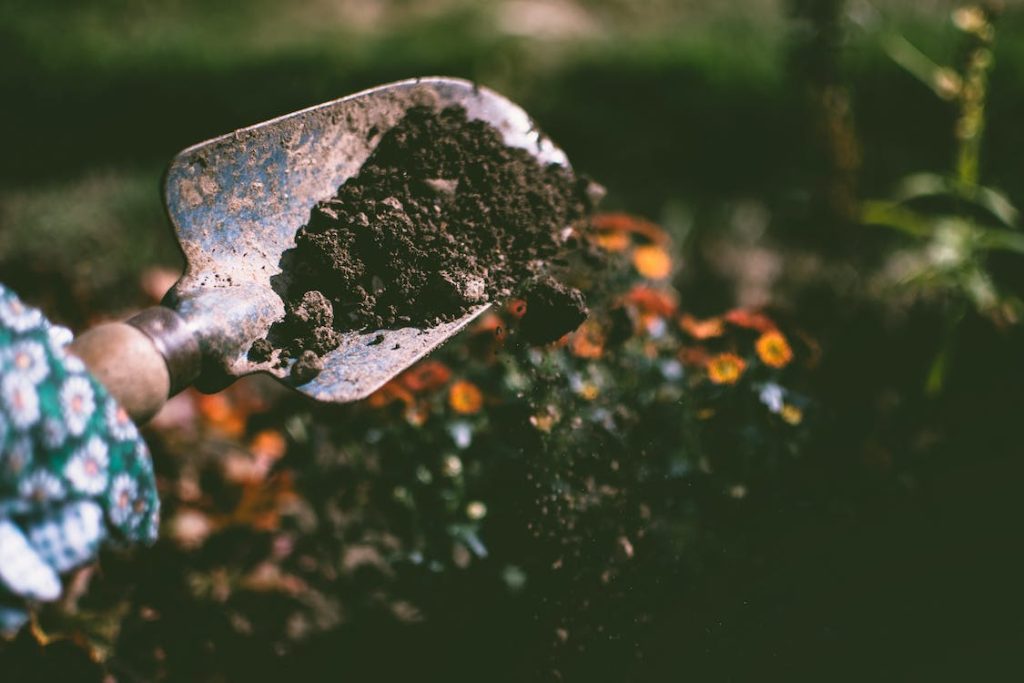
Bellflowers grow well in soils that drain out well. This implies that soil must not retain too much water. If you notice that your soil doesn’t drain well, it’s time to take corrective measures such as amending the organic matter such as compost and aged manure. They help in improving the overall structure.
How to Protect Campanula from Harsh Weather Conditions?

While campanula is considered a tough plant, extreme weather conditions can prove to be damaging. Extreme heat, frost, and heavy rain can all cause the plant to wilt and eventually die. Consider planting your Campanula in a sheltered position or covering it with a layer of mulch or straw during winter to protect it from harsh conditions.
Make sure your chosen location gets the sunlight and soil the plant needs. With adequate spacing and shelter, the plant is better prepared for facing harsh weather and has a better chance of survival. Following these Campanula Care in the UK are great ways to let your Campanula blossom beautifully.
How to Water and Fertilize Campanula for Ideal Growth?
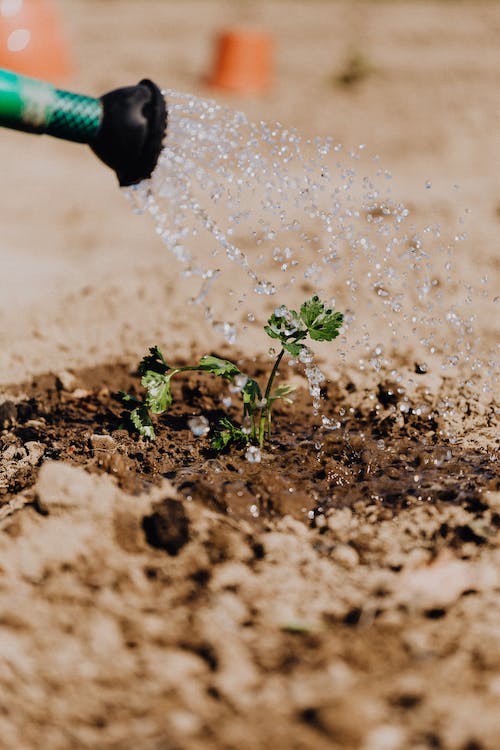
Watering and fertilizing your Campanula is an indispensable part of caretaking. It encourages optimal growth and blooming. Here’s what you need to know about watering and fertilizing your campanula ‘Bellflower.’
- Campanula requires moderate watering with a deep soak once a week during the growing season. It is critical that the soil must be moist, however, not wet or soaking. Since this plant is prone to root rot, wet soil can promote rot growth.
- The frequency of watering needs to be increased during the dry spells, ensuring the moistness of the soil prevails.
- Stick your finger approximately an inch deep into the earth as a way of campanula care in the UK. It’s time to water your plant if the soil feels too dry. Water the plant from the bottom up to avoid getting water on the leaves, which could lead to fungal illnesses.
For Fertilizing
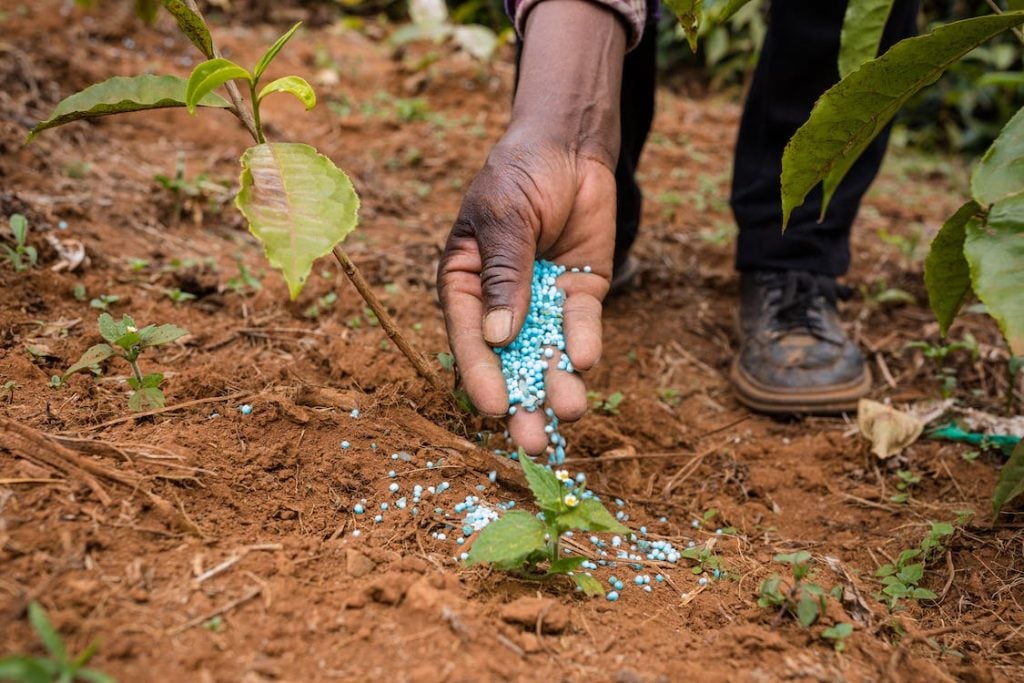
- Campanula requires little fertilization. However, throughout the growing season, you can boost growth by adding a well-balanced fertiliser once a month.
- Modify the soil with compost or old manure to offer critical nutrients for optimal growth.
- Pay heed to manufacturers’ direction when it comes to applying fertiliser, and avoid excess. Too much fertilizer can damage the plant roots. It’s advisable to water your plant after a fertilization session fully.
Does Campanula Need Pruning?
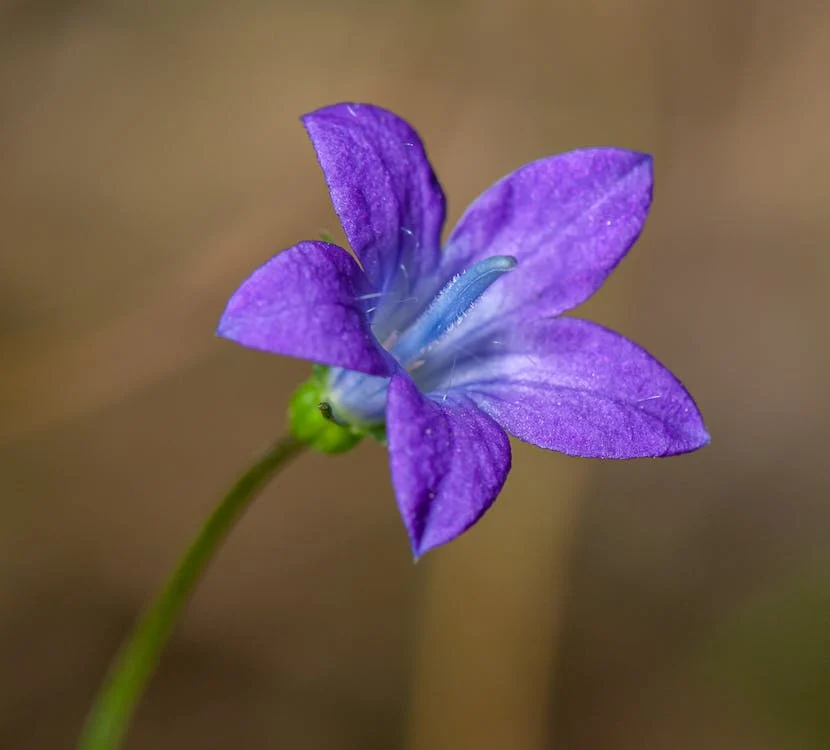
Occasional pruning can be highly beneficial if you are looking for optimal growth. Campanula pruning is optional. However, deadheading can help blossoms in getting stimulated and grow well.
Pruning is a process of cutting off dead or fading flowers with sharp pruning scissors. The process is a way of assisting the plant in redirecting its energy from seed production to flower creation and results in more blooms.
After flowering, clip back the campanula ‘bellflower’ stems to keep the plant from getting excessively leggy. Long thin stems with scanty foliage and flowers characterise leggy plants. Cutting back the stems stimulants new shoots resulting in a more compact plant.
When pruning the stems, use pruning scissors and cut them slightly above the leaf node. This will stimulate new development. Avoid pruning more than one-third of the plant at once, as it may impact its flowering capability.
Here Are a Few Handy Tips for Pruning Your Campanula
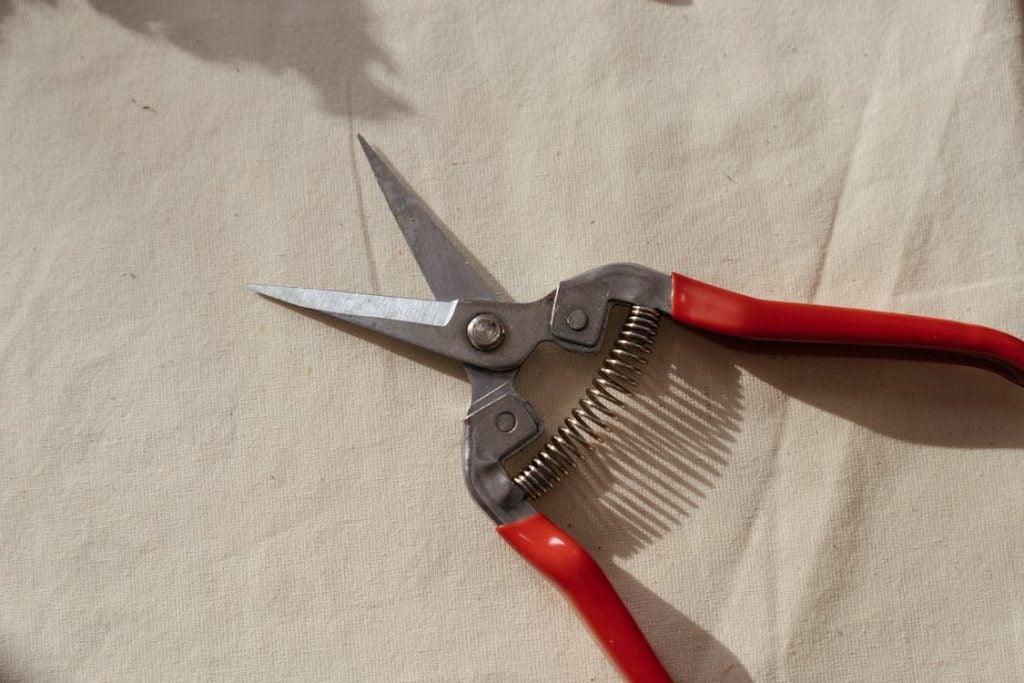
- Deadhead spent blooms first as soon as the first flowering is done to encourage more blooms.
- Cut back stems after flowering to prevent leggy plants
- Use sharp pruning scissors only and cut just above a leaf node or bud
- Avoid cutting more than 1/3rd of the plant at a time.
How to Identify Diseases and Control Them?
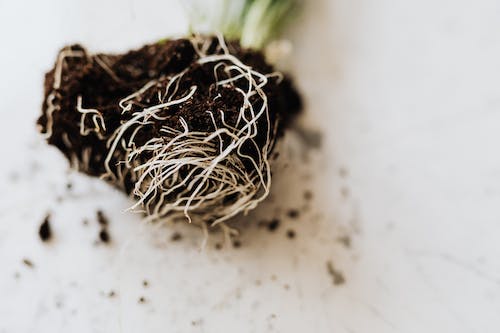
Like any other plant, the Campanula bellflower is subject to various illnesses that can jeopardise its health and attractiveness. Fortunately, you can maintain your plant health with proper care and prompt intervention. Let’s review some common illnesses affecting the bellflower and learn to recognise and control them.
1. Grey Mold
Also known as Botrytis blight, this fungal disease causes greyish-brown spots on the bellflower leaves & stems. To control it, remove affected plant parts and avoid overwatering your plants. You can also apply fungicides to prevent the spread of disease.
2. Root Rot
This disease is caused by a soil-borne fungus that thrives in waterlogged soil. Symptoms include yellowing leaves, stunted growth, and wilting. To prevent root rot, ensure the soil has adequate drainage and avoid overwatering. If your plants are already infected, you may need to remove and replace the affected soil and plant parts.
3. Powdery Mildew
The powdery white coating on the leaves and stems of Campanula ‘Bellflower’ is caused by this fungal disease. It’s frequent in humid environments and may be avoided by keeping proper air circulation around your plants. Remove afflicted plant sections and apply a fungicide if you observe powdery mildew.
4. Leaf Spot
This fungal disease causes brown or black patches on campanula bellflower leaves. Remove damaged leaves and minimize overhead watering to control them because moisture might increase disease spread. A fungicide can be effective in combating leaf spots.
Choose to be proactive with your campanula care in the UK and keep your plant disease free. Remember to keep an eye on your plants, provide corrective careand offer prompt resolutions. You can enjoy the pure joy of your efforts each time your campanula care in the UK pays off and gives the most stunning blooms.
Conclusion
Are you looking for simple and easy ways to have indoor blossoms without too many hassles? Campanula is an amazing, easy-to-grow plant that can enhance the look and feel of every garden.
Your plant can feel healthy with adequate watering, 6 hours of sunlight, fertiliser, and regular pruning. Take your home, garden, or landscaping a notch higher with these simple, easy-to-follow tips on how to care for your Campanula flowers.
This flower can have an impact on the overall look and feel of your space. Blossoming flowers have an overall feel-good effect on everyone around. Let these campanula flowers brighten up your garden.
Frequently Asked Questions
What is Campanula?
Campanula is a flowering plant from the Campanulaceae family known as bellflowers. There are over 500 species, and gardeners love them because of their eye-catching colours, bell-shaped blossoms, and low maintenance. What are the ideal conditions for growing Campanula?
How Do I Water and Fertilize My Campanula?
Campanula requires moderate watering with a deep soak every once a week during the blooming season. It’s critical to keep the soil moist but not wet. These plants are prone to root rot. Therefore, wet soils can worsen it. Fertilize with a balanced fertilizer once a month, or modify the soil with compost or old manure.
Can I Grow Campanula Indoors?
Yes, you can grow them indoors as long as you can provide direct sunlight. Choose a spot with bright sunlight and well-draining soil. Water the plant well, especially when the top inch feels dry to the touch; make sure to provide adequate humidity to the leaves or place a tray of water nearby.

